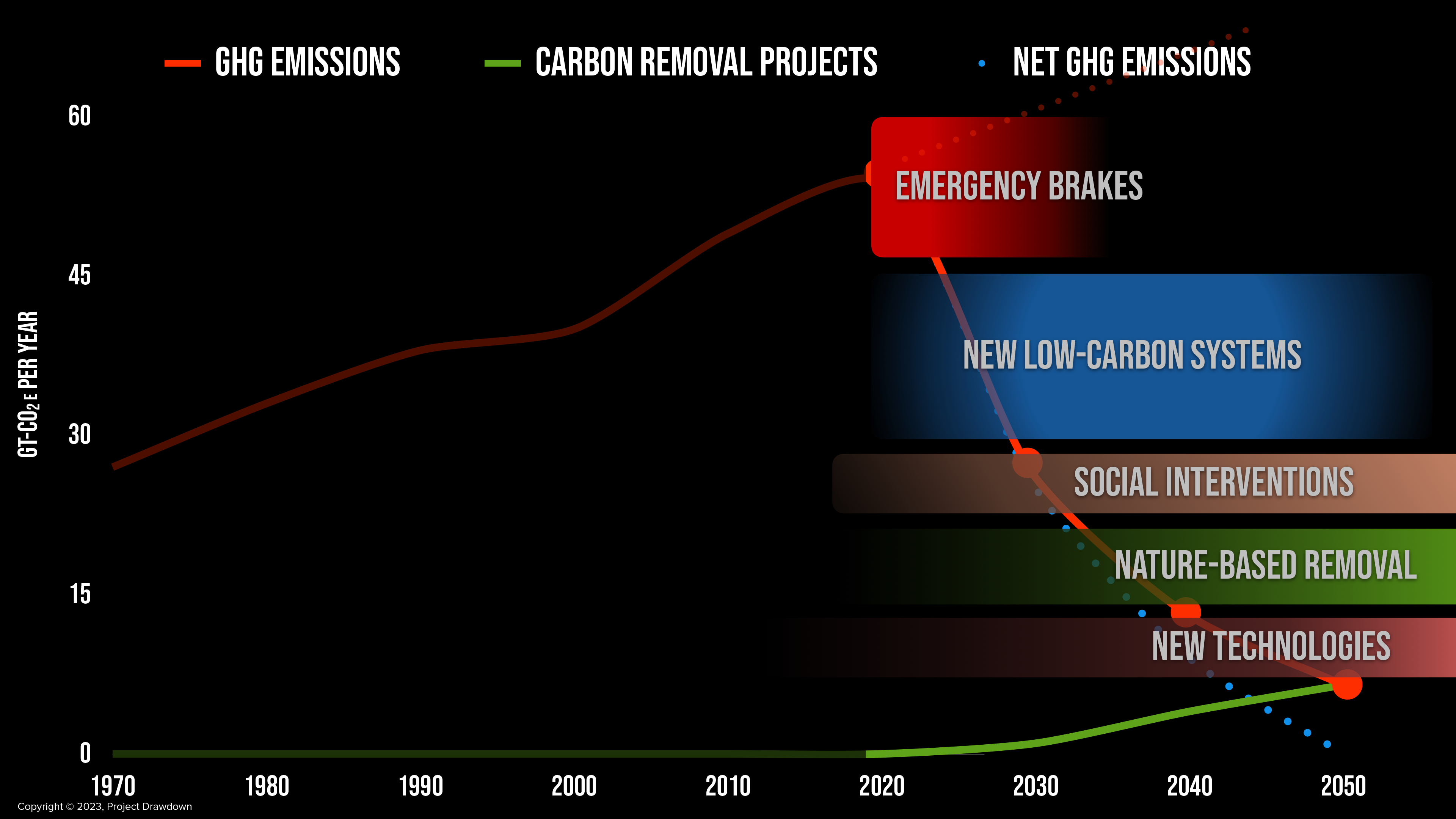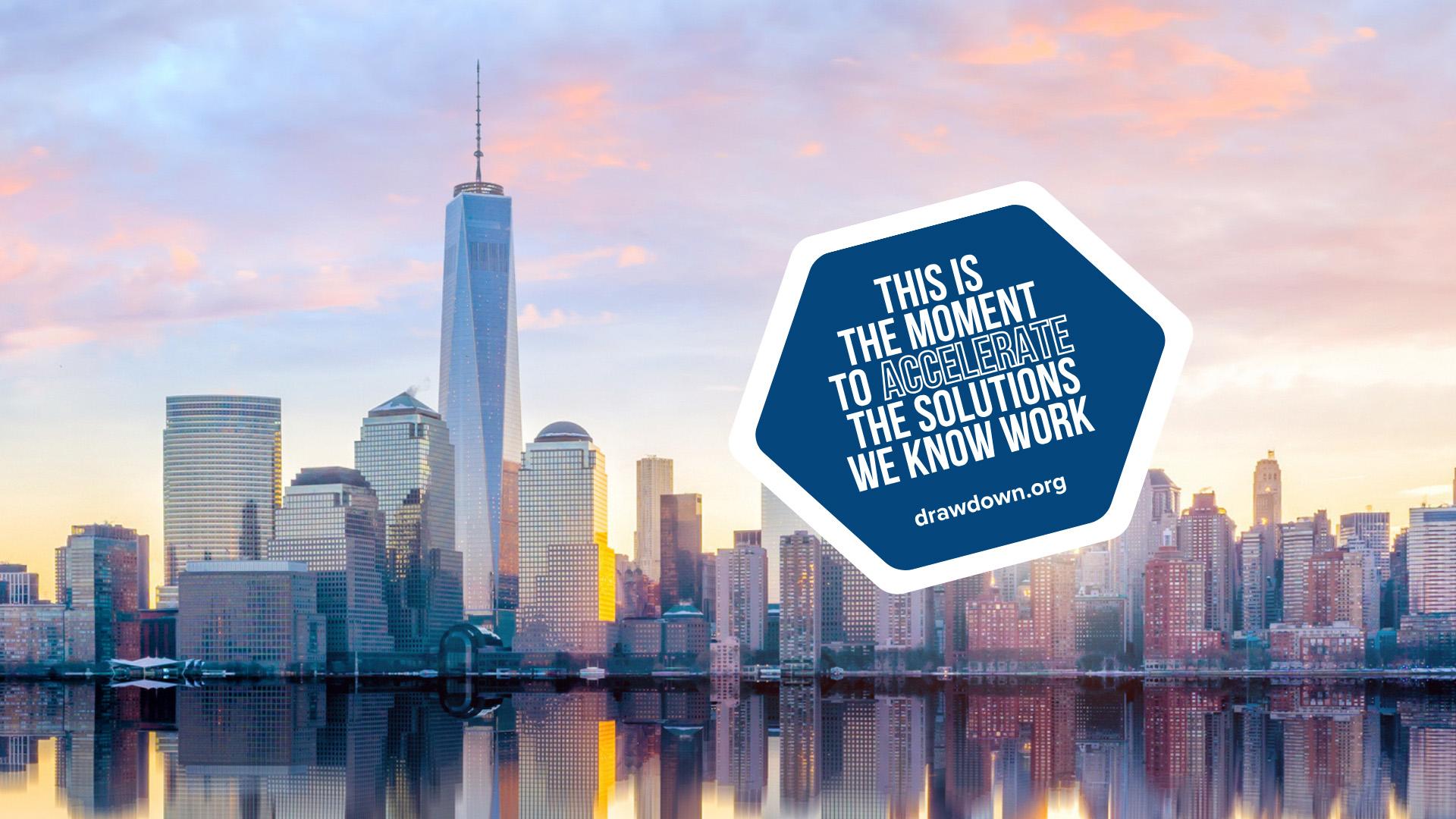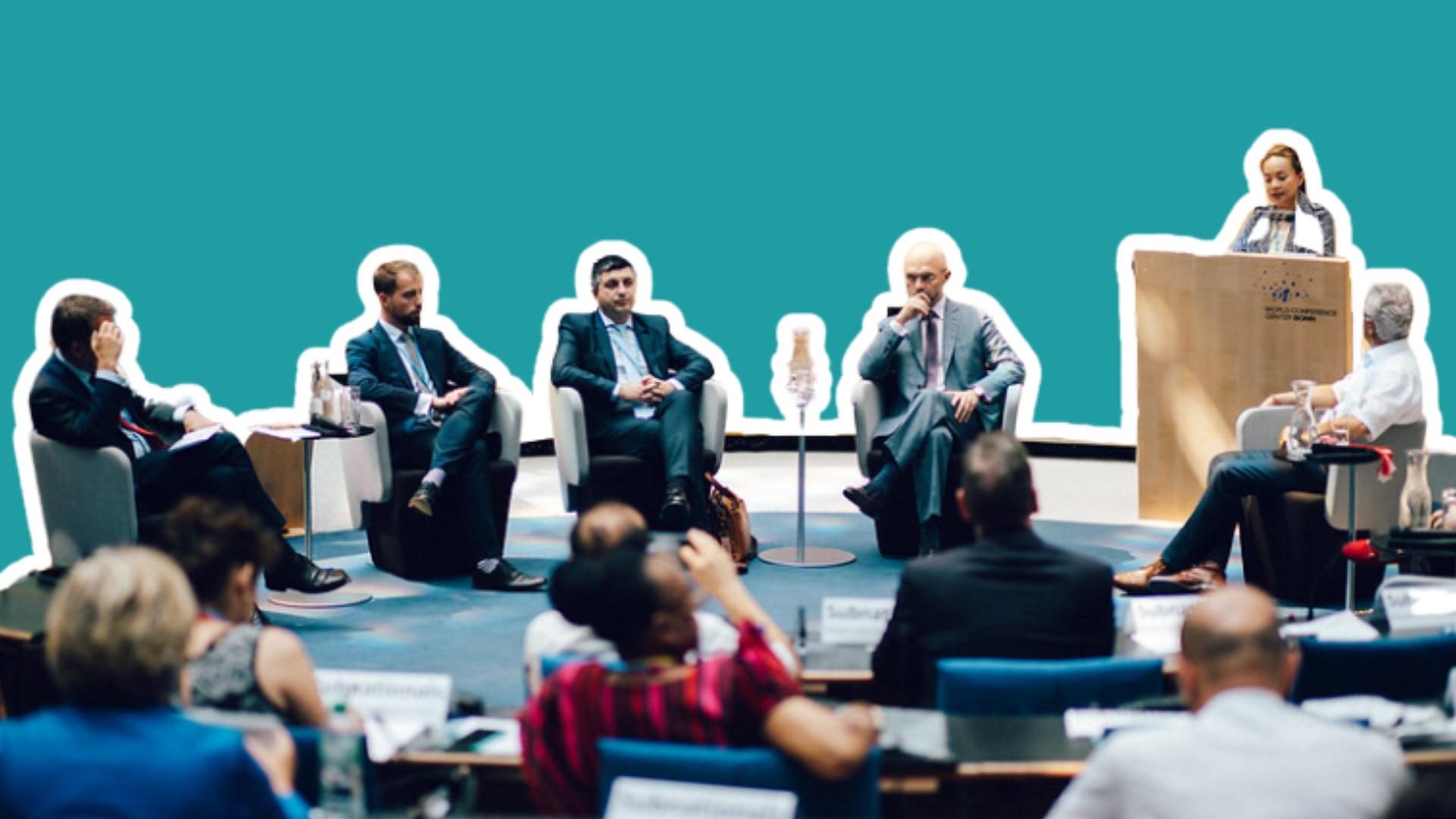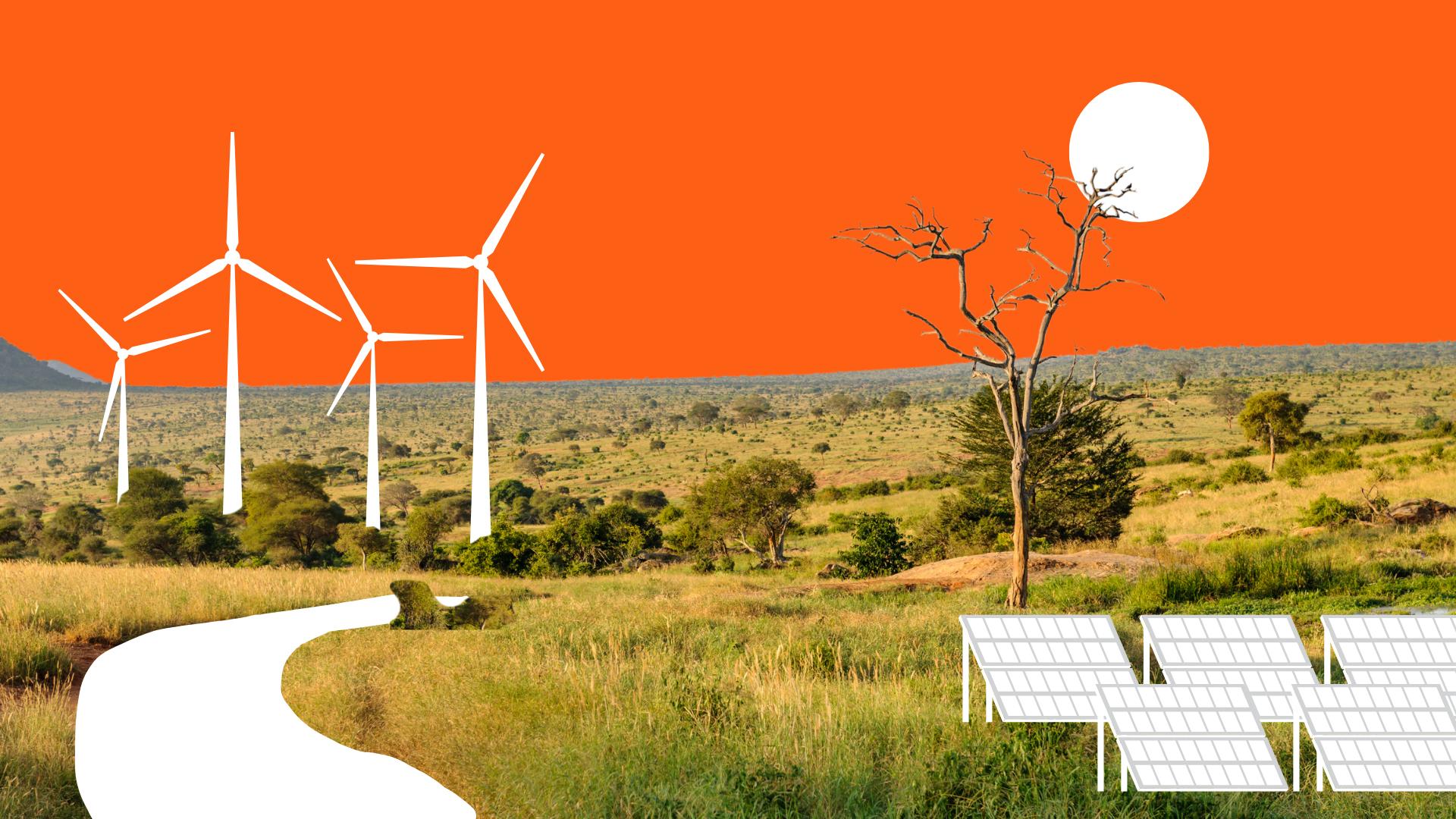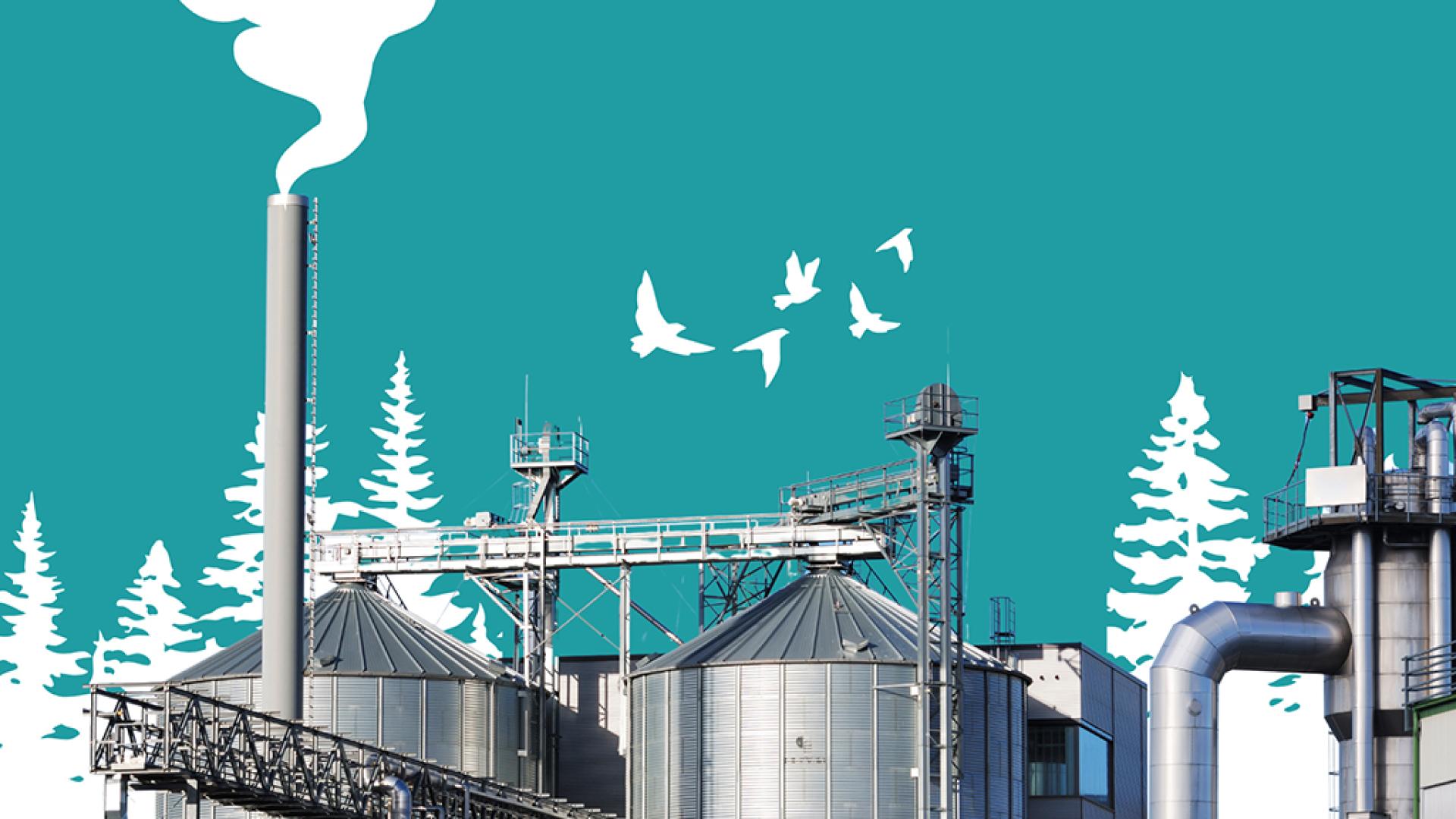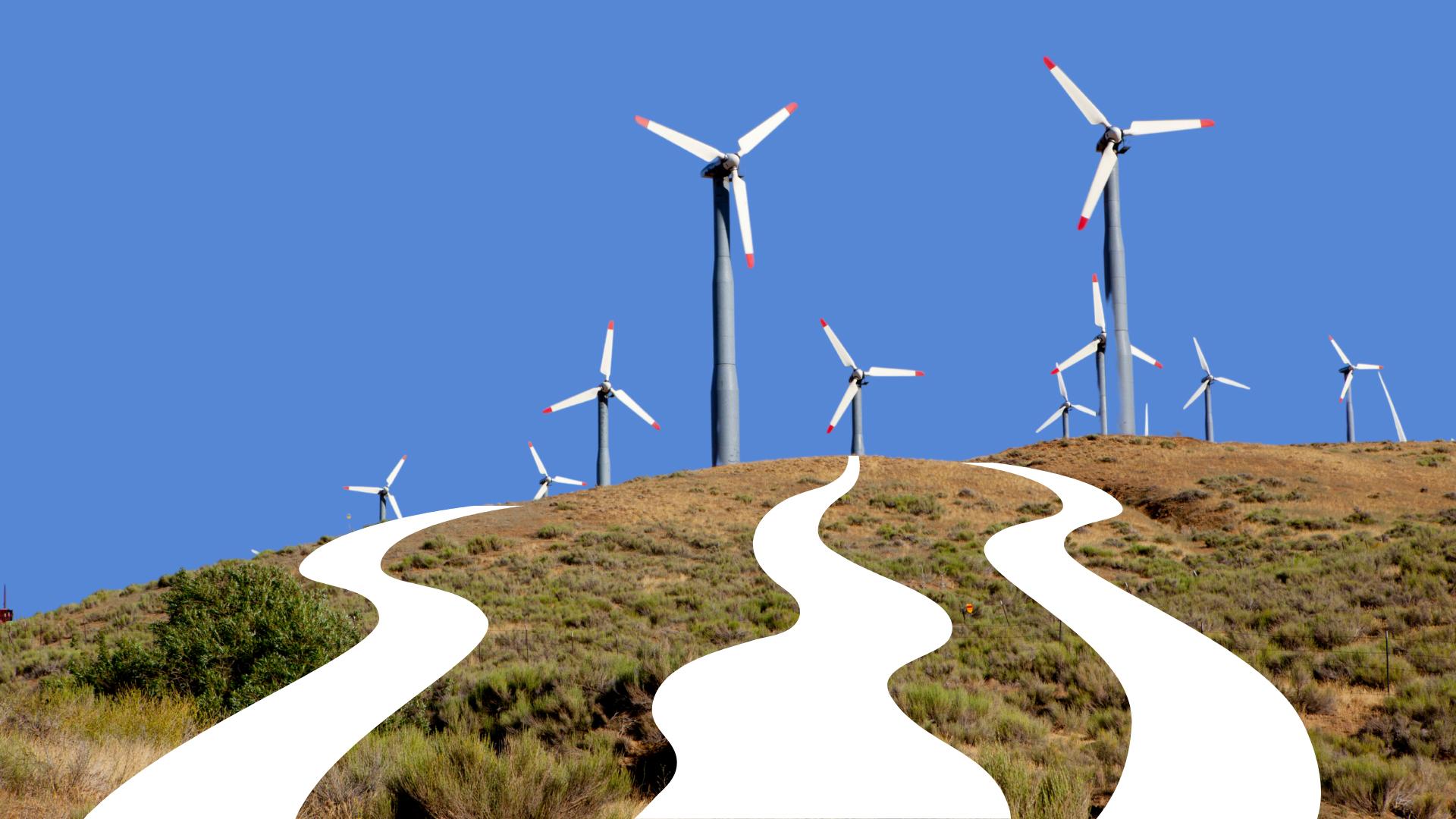Third, industrial carbon removal is extremely energy intensive. If powered by fossil fuels, these projects lose much of their potential benefit. And even if they are powered by solar, wind, geothermal, or nuclear energy, there is an opportunity cost: That carbon-free energy could have been used to displace coal- and gas-powered electricity instead, reducing emissions more than carbon capture plants can absorb. Until fossil fuels are phased out, using renewable or nuclear energy for carbon removal is counterproductive.
Fourth, the carbon dioxide pumped into the ground by these projects is often used to drive oil back out. So-called “enhanced oil recovery” negates any possible benefits of carbon capture and uses tax dollars to subsidize oil production. (Unbelievably, the 45Q tax credit pays industry $60 per captured ton when it’s used for oil recovery.) This uses government funding to increase emissions, not removing them as intended.
Fifth, even if industrial carbon capture eventually scales, it will do nothing to address the other environmental, social, and health impacts fossil fuels have on the world, especially in marginalized communities. An estimated 8.7 million people a year die prematurely from air pollution (not greenhouse gasses) caused by fossil fuels. (This is larger than deaths from smoking, warfare, and handguns combined.) Carbon capture does nothing to address this; in fact, it gives a lifeline to fossil fuels to continue polluting.
Finally, and most importantly, these projects give the entire fossil fuel industry a huge greenwashing boost, extending a PR lifeline to this polluting industry. And Big Oil loves it. Vicki Hollub, CEO of Occidental Petroleum (which just received half of the $1.2 billion in carbon capture funding), said that because of Direct Air Capture, “…we don’t need to ever stop oil,” and that the technology gives the industry “a license to continue to operate for…60, 70, 80 years…”. She says the quiet part out loud, without shame, and she’s not alone. Exxon-Mobil CEO, Darren Woods, says, “Carbon capture is going to play a really important role. It is a technology that exists today. It's one that we have a lot of experience in.”
Industrial carbon capture is Big Oil’s favorite form of climate action because it greenwashes the industry, distracting us from the need to phase out fossil fuels, all at taxpayer expense.



